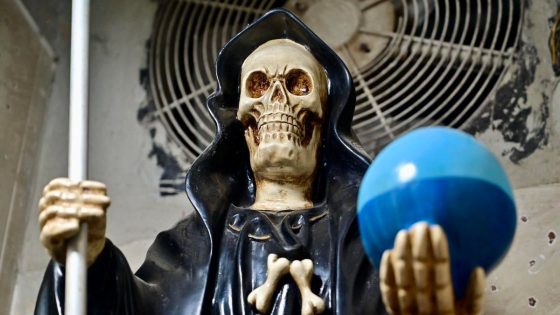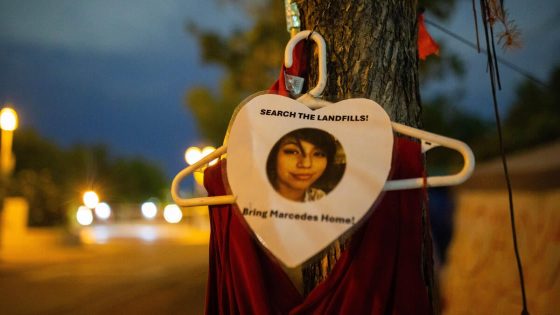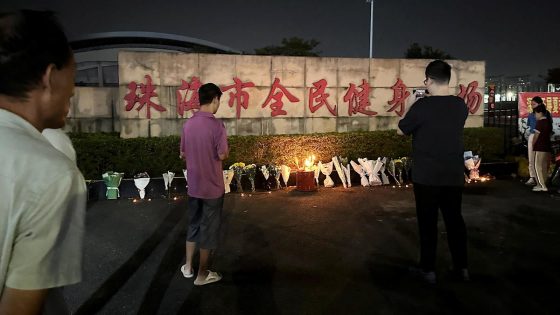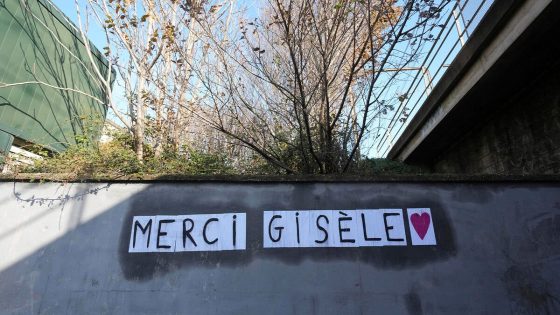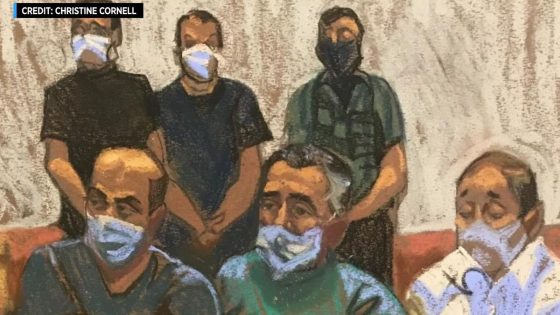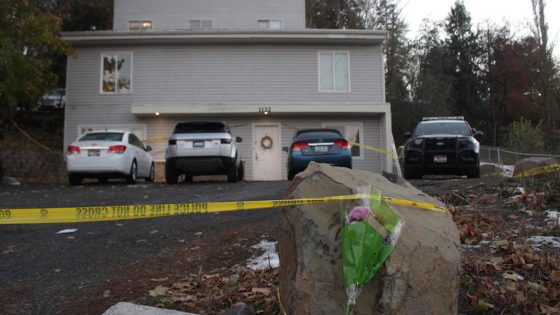In the shadowy streets of Duran, Ecuador, a chilling intersection of faith and crime unfolded on a day that lingered in the minds of both local police and the community. On January 15, 2025, police raiding a suspected drug den stumbled upon something more than just illegal substances — they encountered a scene that revealed the complex relationship between local gang culture and the mystical figure of Santa Muerte, a “death saint” revered for her perceived protective powers among criminal circles.
- Santa Muerte shrines found in drug dens
- Gang members offer items for protection
- Human sacrifices reported among gang activities
- Santa Muerte popular among criminal organizations
- Police fear around altars and their effects
- Ecuador's government cracks down on gang violence
As the police initiated their operation, an eerie atmosphere engulfed the room filled with offerings left at the feet of a lifelike statue of Santa Muerte. Clad in a flowing cape, she held a scythe in her right hand and a globe in her left, embodying a vision that merged reverence and fear. Colonel Roberto Santamaria, the chief officer of Duran District, shed light on the local sentiments towards this saint during an interview shortly after the raid. “The belief is that when they entrust themselves to this Santa Muerte, they will not be caught,” he explained, noting that gang members find solace in her presence for their unlawful pursuits.
Witnesses described the altar as a surreal portrayal of devotion twisted by desperation. The offerings — money, tobacco, alcohol, and religious figurines — told a story about gangsters seeking protection from violence in a city where such fears were all too common. Yet the sanctity of the act was juxtaposed with the heinous reality of crime. A former gang member recounted horrifying tales of human sacrifices performed in honor of Santa Muerte during what they called “big hits,” shocking details that left a palpable fear in the hearts of many locals.
Santa Muerte’s influence traces back to 18th century Mexico, and her adoption by drug lords during that time set a path for her recent emergence in Ecuador. Six years ago, as members of the notorious gang Los Choneros returned from training with Mexico’s infamous Sinaloa cartel, they brought with them not just lessons in drug trafficking but also the veneration of Santa Muerte. Today, this saint has become entwined with the fabric of gang culture in Duran, a city marred by violence from rival factions.
The current climate in Ecuador is tense, defined by the ongoing strife between law enforcement and these entrenched gangs. With President Daniel Noboa labeling Los Choneros and other criminal organizations as terrorist groups, police operations have intensified. “We’ve estimated that altars to Santa Muerte are present in about six out of every ten busts we conduct,” Santamaria remarked, underscoring the pervasive influence of the saint among criminals.
Despite the chaos, something more insidious has begun to seep into the community. The police’s fear of these altars is palpable. Officers have reported physical symptoms after encounters with the altars; headaches, nausea, and dizziness plague them, haunting their dreams as they navigate a world increasingly intertwined with superstition and ritual. Yet, in formal statements, Santamaria assured that these offerings would not be destroyed unless evidence suggested they were tied directly to criminal activity. “In Ecuador, there is freedom of worship, and anyone can have it — it’s not a crime,” he said, striking a balance between respecting cultural beliefs and combatting crime.
As the story of Santa Muerte unfolds in Duran, it raises concerns for the greater Ecuadorian society. Observers worry that the growing visibility of Santa Muerte imagery can lead to misinterpretation and discrimination. “People are already being criminalized because of their race, because they are impoverished; now they will also be criminalized for popular customs,” noted Cristina Burneo, a social studies researcher, voicing a sentiment shared by many who watch this juxtaposition of culture and crime.
With a president waging war against the drug trade, the issue remains complex and fraught with tension. Following the raid, the national conversation has shifted towards understanding the dual nature of Santa Muerte — both a protector for some and a haunting figure associated with death and violence for many. As police continue to grapple with the influence of this saint among criminals, the community’s future hangs in the balance, waiting to see whether superstition will further entrench itself in the fabric of a society already struggling with exploitation and violence.



